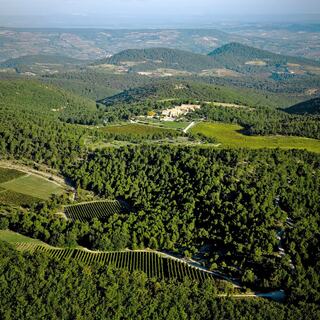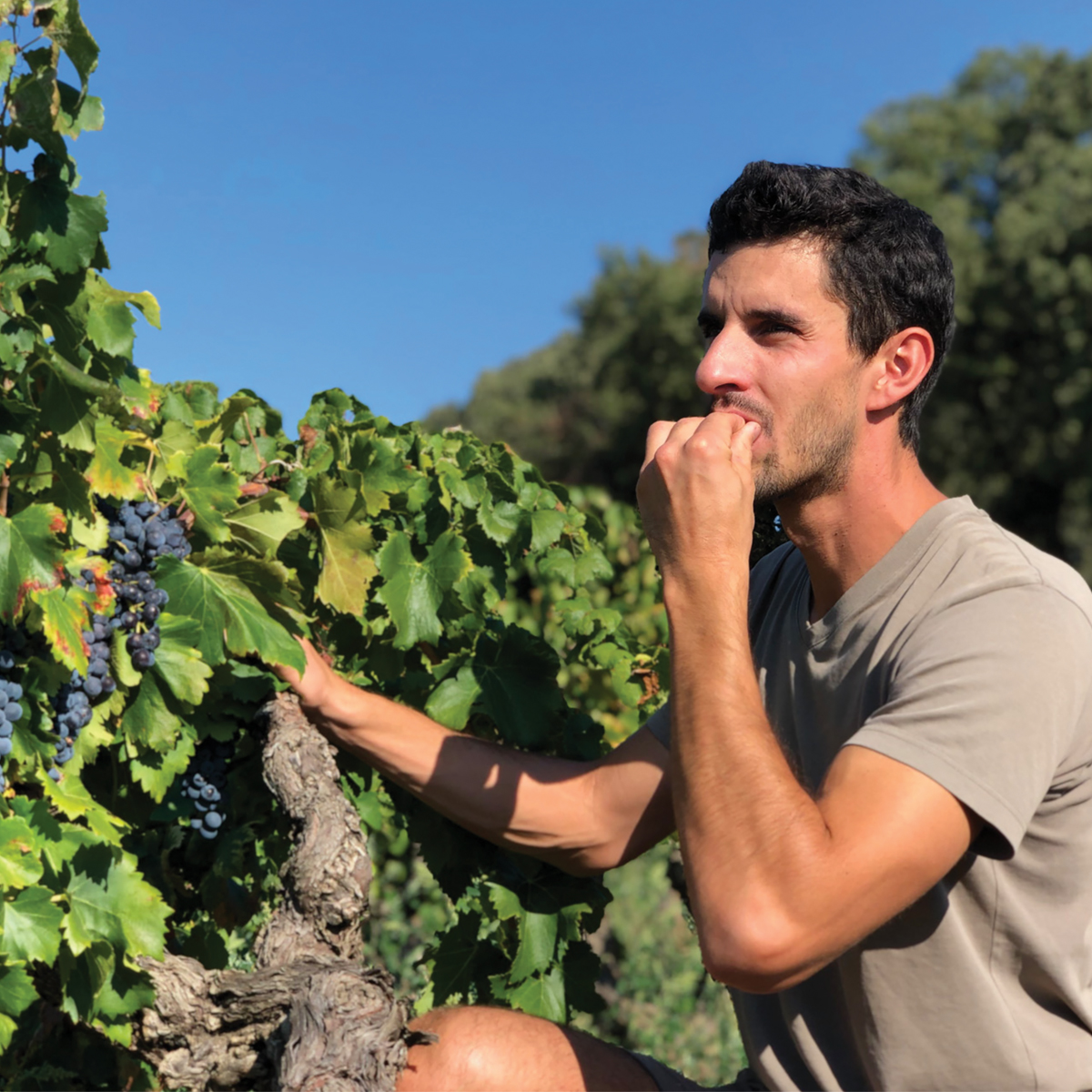Domaine de Beaurenard Story
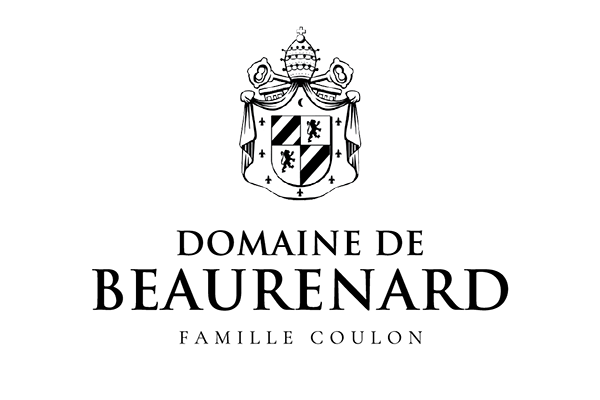
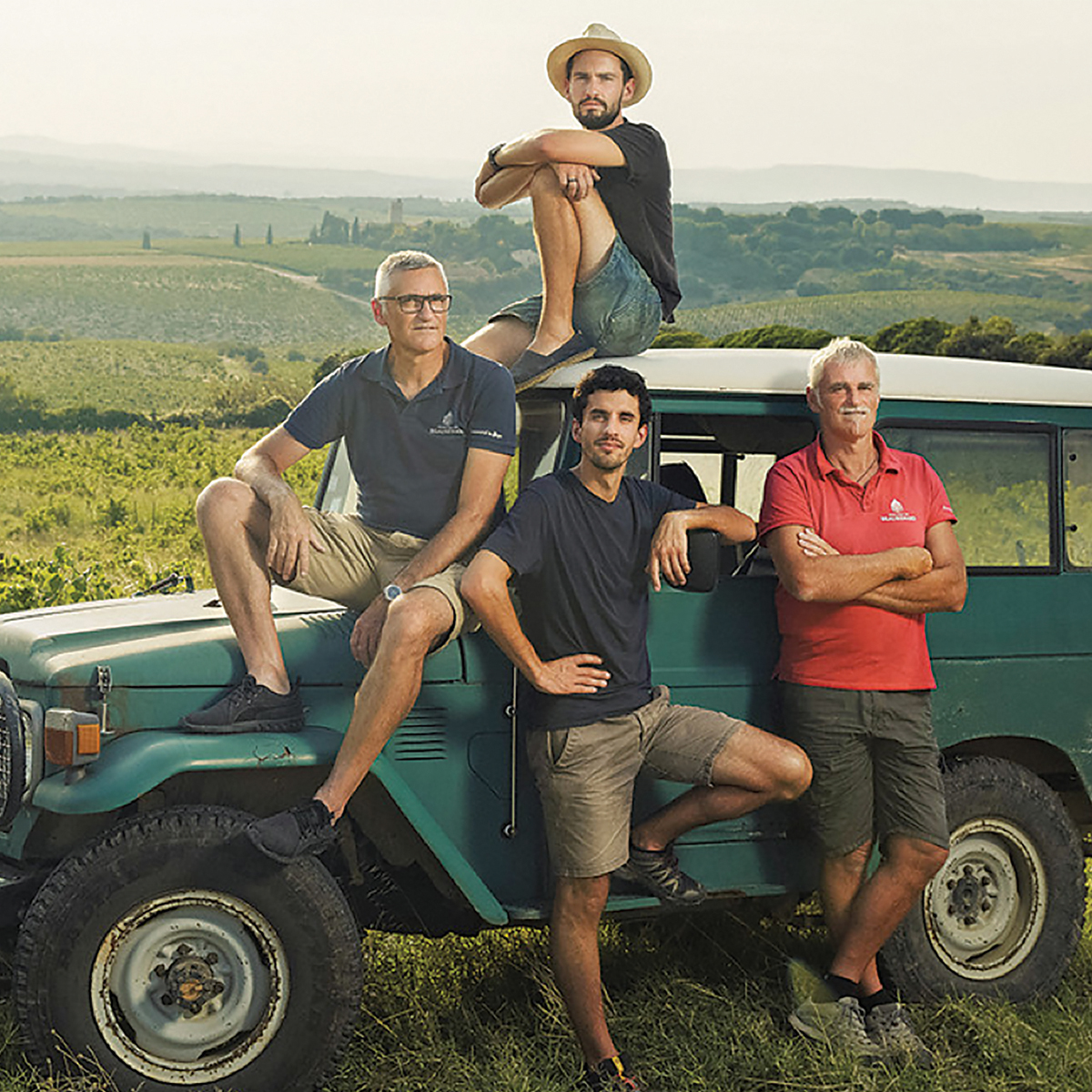
Domaine de Beaurenard is an eighth-generation family-owned winery by the Coulon family who own more than 80 acres of Châteauneuf-du-Pape vineyards that are on average 45 years and cultivated organically (Ecocert-certified) and biodynamically (Demeter-certified).
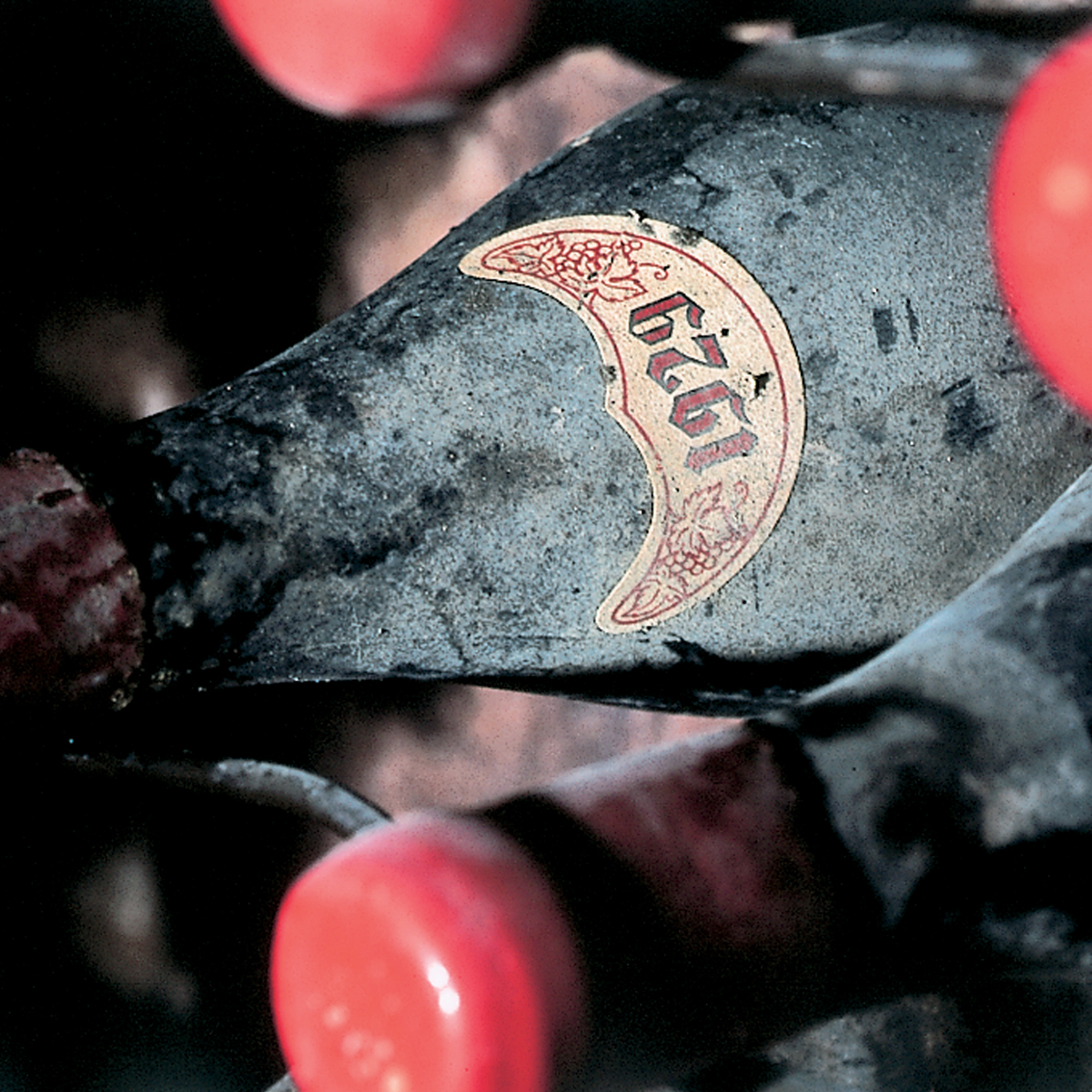

History
Domaine de Beaurenard is an eighth-generation family-owned winery by the Coulon family who own more than 80 acres of Châteauneuf-du-Pape vineyards that are on average 45 years and cultivated organically (Ecocert-certifie...
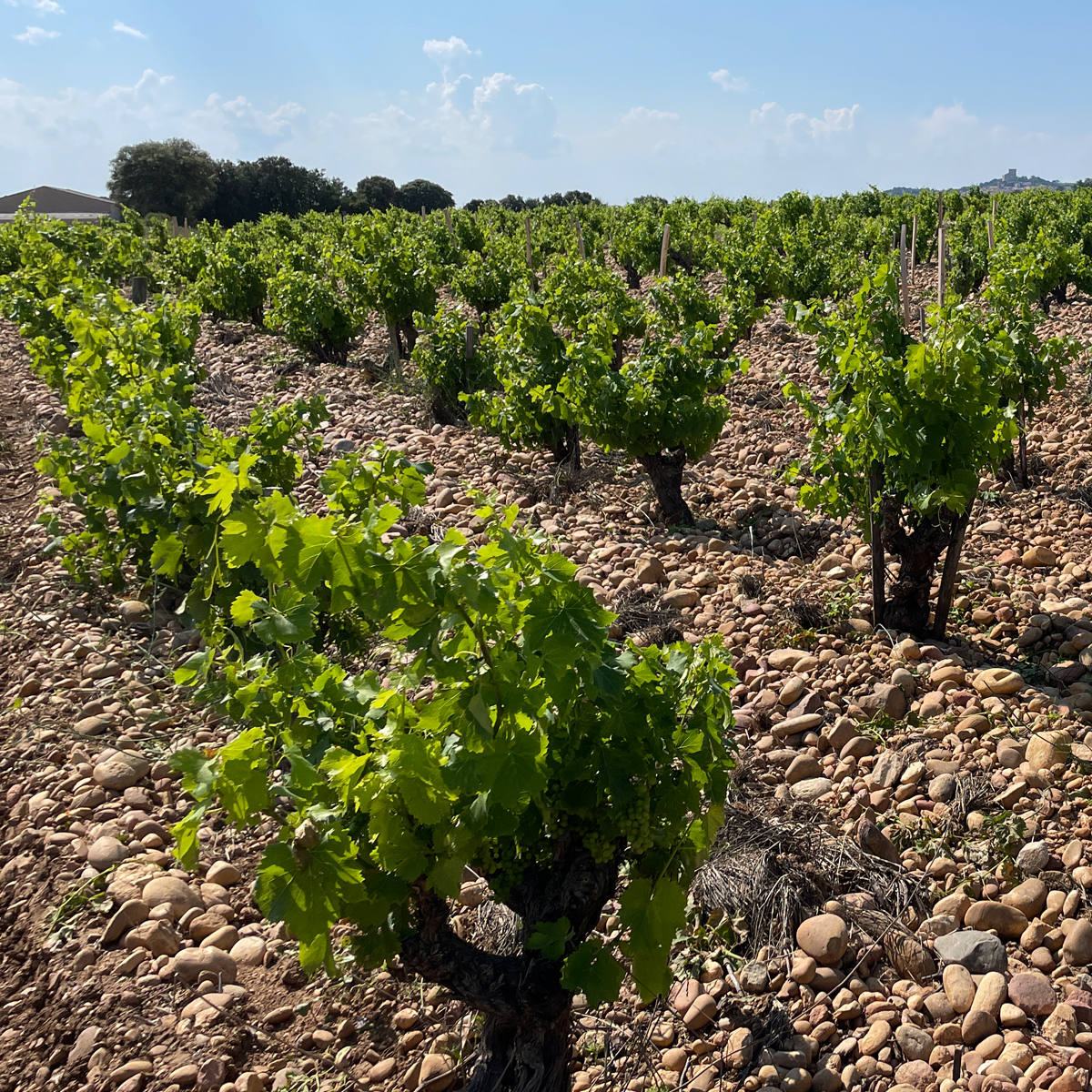

Vineyards
The pebbles, the 13 grape varieties, the sun, and the Mistral have been joining forces for centuries to give birth to each vintage of the Châteauneuf du Pape appellation. The terroir of Châteauneuf-du-Pape is unique: her...
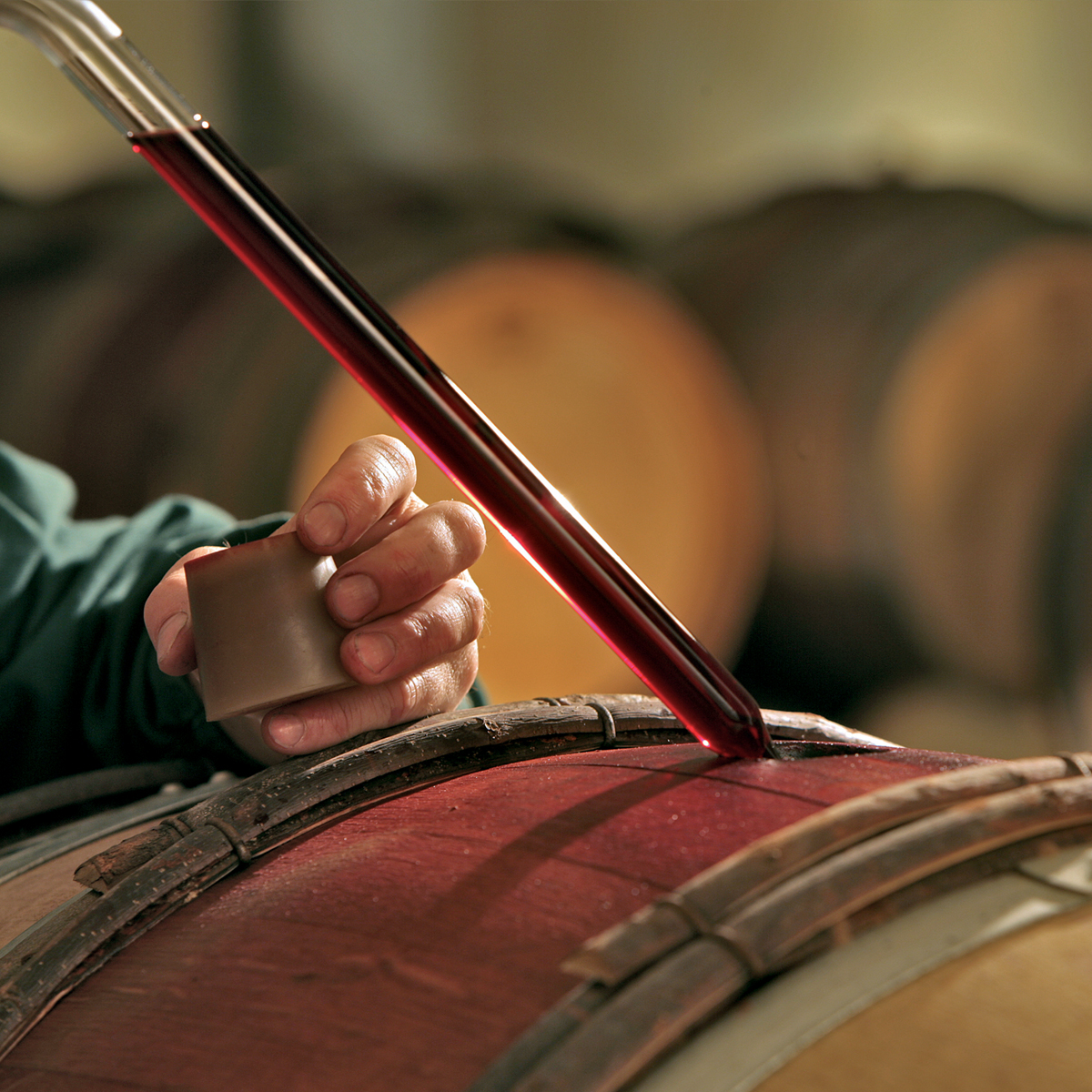

Winemaking
All grapes are hand-picked and hand-sorted in the vineyard, with vinification being conducted with respect for the astral calendar. Only the first juices are kept.
The red wines experience an 18- to 26-day vatting perio...
Biographies

Rhône Valley
The Rhône Valley wine region, located in the southeastern part of France, is one of the country’s most important and diverse wine-producing areas. It spans along the Rhône River, from the city of Lyon to the Mediterranean coast, and is known for its rich history, varied terroirs, and exceptional wines.
